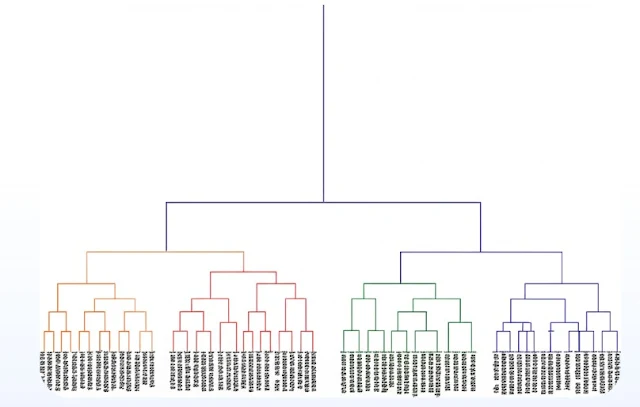Mastering Hierarchical Clustering: Scalable Customer Segmentation
Introduction
Ever wondered how businesses can efficiently categorize thousands of customers into distinct groups for targeted marketing? Hierarchical clustering is the answer. In today's data-driven world, companies are inundated with vast amounts of information. Efficiently grouping similar data points in scalable systems can significantly enhance operations, especially in applications like customer segmentation. This technique not only helps in identifying patterns but also drives strategic decisions. Understanding hierarchical clustering and its applications can be a game-changer for businesses aiming to leverage big data for improved customer insights.
Body
Section 1: Background or Context
Hierarchical clustering is a method of cluster analysis which seeks to build a hierarchy of clusters. It is particularly useful for large datasets, where grouping similar data points can reveal significant insights. This method can be agglomerative (bottom-up) or divisive (top-down).
What is Hierarchical Clustering?
Hierarchical clustering organizes data into a tree-like structure (dendrogram), where each node represents a cluster. This structure allows for easy interpretation and can be customized based on the level of detail required.
Importance in Scalable Systems
In scalable systems, hierarchical clustering enables the processing of large datasets efficiently. It is used in various applications such as customer segmentation, image processing, and bioinformatics.
Section 2: Key Points
How Hierarchical Clustering Works
Hierarchical clustering involves:
- Distance Measurement: Determining how similar or dissimilar data points are.
- Linkage Criteria: Deciding how to merge clusters based on distance measurements.
Benefits for Businesses
- Enhanced Customer Insights: By grouping customers based on purchasing behavior, businesses can tailor marketing strategies.
- Improved Data Management: Hierarchical clustering helps in organizing large datasets, making data analysis more manageable.
- Scalability: This method can handle large volumes of data efficiently, making it ideal for big data applications.
Section 3: Practical Tips, Steps, and Examples
Implementing Hierarchical Clustering
- Data Preparation: Clean and preprocess your data to ensure accuracy.
- Choose the Right Tools: Utilize software like Python, R, or specialized clustering tools.
- Analyze the Dendrogram: Interpret the dendrogram to determine the optimal number of clusters.
- Apply Findings: Use the clusters to drive strategic decisions, such as personalized marketing campaigns.
Case Study: ABC Corporation
ABC Corporation used hierarchical clustering to segment their customer base. By analyzing purchasing patterns, they identified distinct groups and tailored their marketing efforts accordingly, resulting in a 20% increase in sales.
Conclusion
Hierarchical clustering is a powerful tool for businesses dealing with large datasets. By efficiently grouping similar data points, companies can gain valuable insights and drive strategic decisions. Whether it's customer segmentation or data management, mastering hierarchical clustering can provide a significant competitive advantage.




Comments
Post a Comment